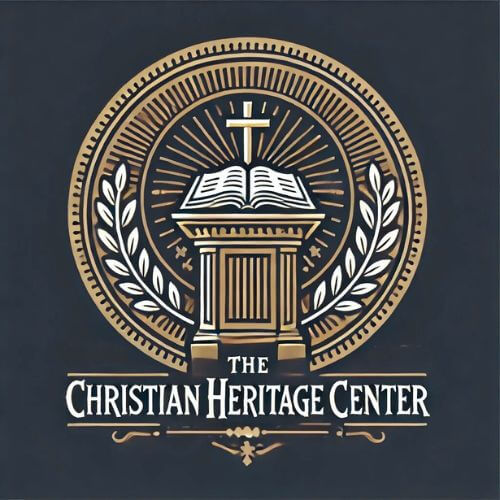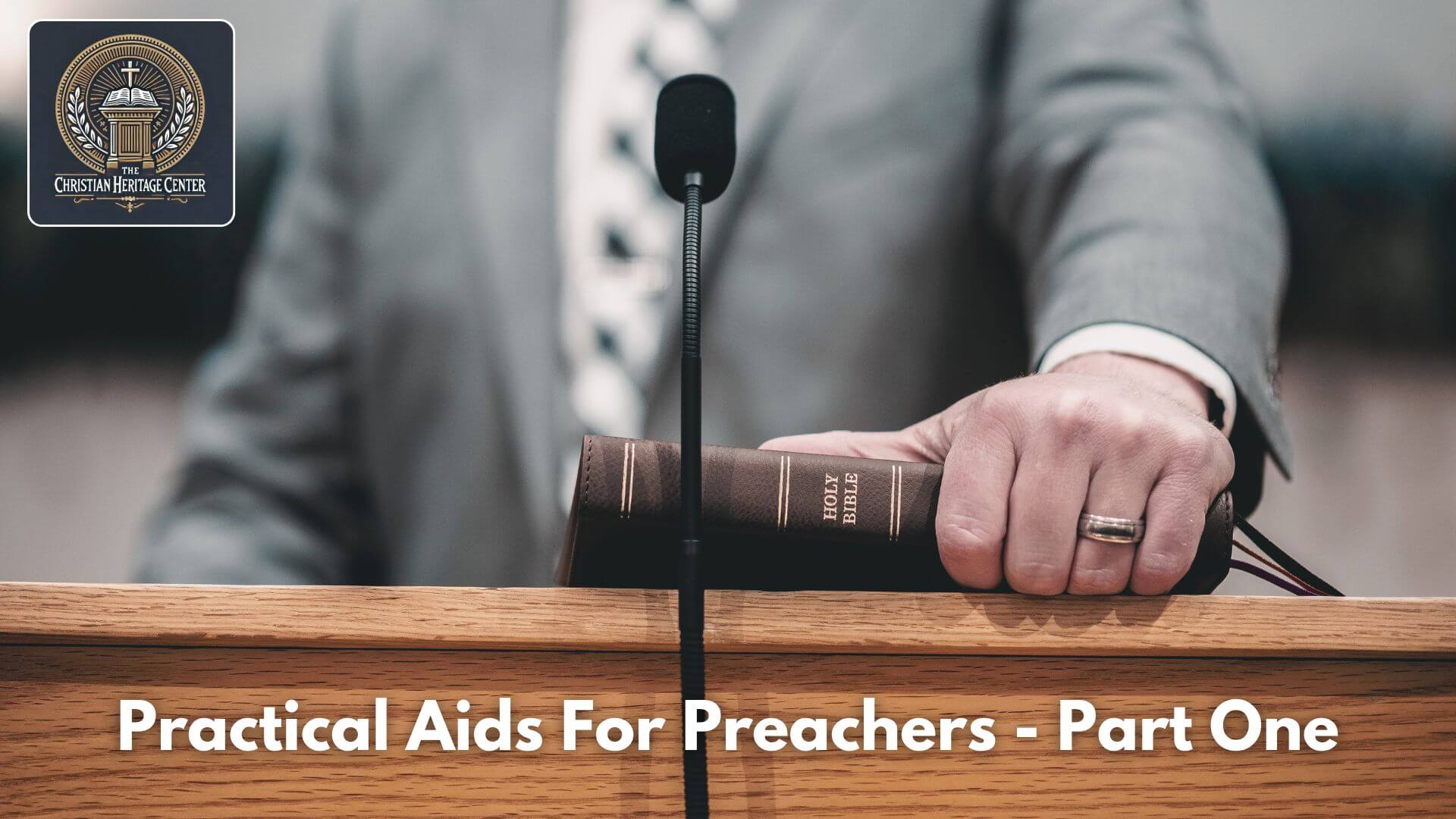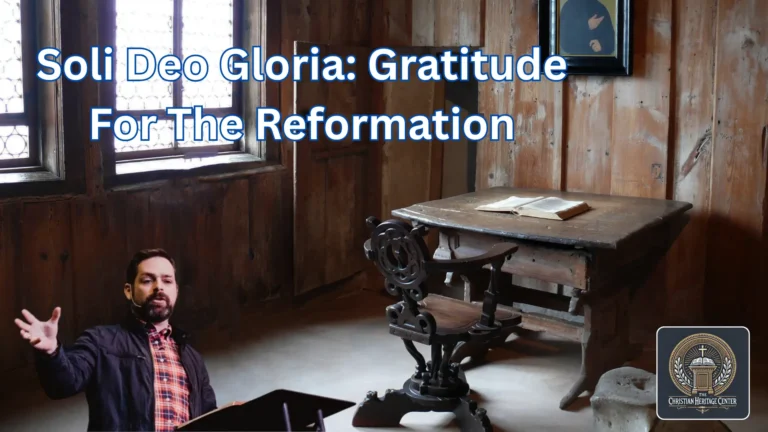Preaching can be approached and understood in numerous ways. One might consider preparation concerning the act of preaching or reflect on the essence of what preaching is or isn’t. However, there are practical elements of preaching that are almost universally helpful. While these may vary in application depending on the context, the setting, or whether a preacher uses a manuscript or a simple outline, most of them are broadly relevant. This article focuses on the practical elements of preaching.
Here, in part one of a two-part series, I aim to present four practical aids for preachers. These are primarily drawn from personal experience.
1. Dress Appropriately
Practical considerations for a preacher’s attire are often overlooked but are essential. What should a preacher keep in mind when choosing their clothing?
- Freedom of Movement: Can you lift your arms freely to gesture and direct attention upward?
- Comfort in Changing Temperatures: Will your clothing keep you comfortable throughout the sermon, or will you start sweating halfway through?
- Avoid Distractions: Ill-fitting or restrictive clothing can lead to constant adjustments, which may distract you and your listeners.
The goal is to minimize distractions and be both comfortable and presentable. A simple solution is to wear a suit jacket, which easily and quickly covers many imperfections! Remedy dangling shirt hems and sweaty underarms for the glory of God and the good of the people!
2. Interact With The Congregation
A troubling trend among preachers today is delivering sermons as though the pews were empty. Preachers must engage with their audience if they want their message to resonate. This means:
- Eye Contact: Look at your congregation; make personal connections through eye contact.
- Read and Respond: Pay attention to the faces and body language of your listeners. Are they attentive, confused, or disengaged? Adjust your tone, pace, or emphasis as needed.
Preaching is an interactive, relational act. A lively connection with your congregation is essential.
3. Be Familiar With Your Sermon Material
No matter what you carry into the pulpit—a manuscript, notes, or an outline—you must be intimately familiar with it. One thing is infallible: men are fallible! Thus, it’s important to spend time beforehand gaining familiarity with your material. Think of preparing a sermon like planning a journey:
- Know the Route: Spend time understanding the structure and flow of your sermon. Familiarity allows you to navigate confidently and avoid getting lost.
- Mark Key Points: Mentally highlight significant transitions and features within your notes. Remember important landmarks.
- Practice: Rehearse the sermon multiple times, first with notes and then without. Be able to recall headings and main points through recall.
By knowing the material thoroughly, you’ll stay on track and recover gracefully if you momentarily lose your place or get off the beaten path.
4. Slow Down
After hours of sermon preparation, a preacher may feel like a teapot on the verge of boiling over, eager to unleash their message. While enthusiasm and nervous energy are good, they must be tempered with self-control.
- Start Calmly: Take a moment to settle yourself with a silent prayer or a reflective pause during the opening prayer.
- Build Momentum: Begin with restraint and allow your passion to build naturally as the sermon progresses. This prevents early burnout and keeps the congregation engaged. It’s always better to build than fizzle quickly!
For some preachers, the advice may be the opposite: speed up! If you find yourself too reserved or lacking anticipation, stir your passion before entering the pulpit. Some are like a pail of lukewarm water, stagnating and waiting to be put in the teapot! Slow down or speed up, brethren!






